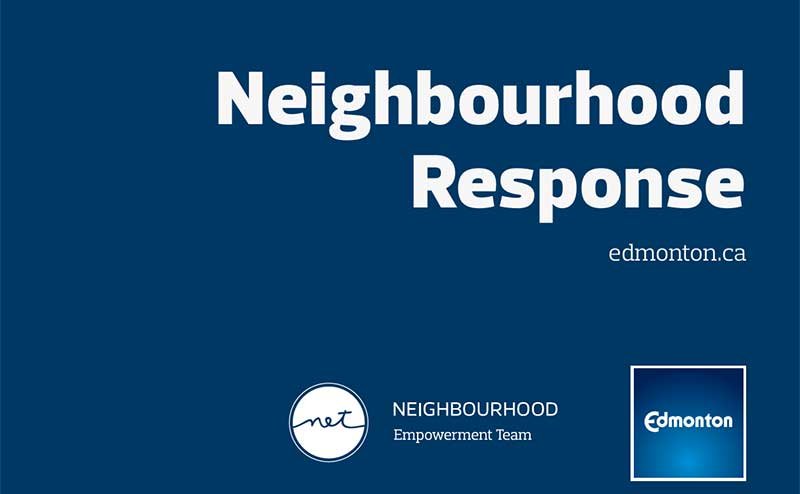The City of Edmonton is committed to the safety, dignity and well-being of all Edmontonians, especially those most vulnerable to the harsh realities of homelessness.
Our integrated Safety Response plan brings together the coordinated efforts of multiple branches, sections and program areas within the City. These areas contribute their specialized efforts to ensure that vulnerable Edmontonians have access to essential resources throughout the year.
Encampment Response Team
Learn how the Encampment Response Team (ERT) works to ensure the safety of individuals setting up encampments on public land and helps to connect people experiencing homelessness with community supports.
The City works with its partners to provide access to safe, warm spaces during the winter.

Learn more about our Extreme Cold Weather Response and nightly shuttles to emergency shelters.
What To Do If Someone Needs Help
Call 911 if:
- The individual appears to be in immediate danger
- You are dealing with a situation that requires urgent fire, police or medical assistance
Call 211 and press 3
- This service will connect you with the Crisis Diversion Team
- They are trained to assist vulnerable individuals and help transport them to a safe location
Staying in a shelter is safer than staying outside. Shelters provide individuals with connections to support services and can be the first step on the journey toward stable housing.
Shelters in Edmonton are funded by the Government of Alberta, which is responsible for monitoring capacity and utilization to ensure there are enough spaces this winter.
Sheltering in Public Spaces
Public spaces and waste bins are not safe for sheltering. Seeking refuge in bins can be deadly due to waste collection processes and hazardous materials. Similarly, transit facilities are not designed or intended for overnight sheltering.
Health and Wellness Pop-up Clinic

Healthier Together is a collaboration between the City, Alberta Health Services and social agencies to remove obstacles to essential health services and empower people to take charge of their health.
Healthier Together’s weekly pop-ups provide:
- Wound care
- Blood pressure and sugar monitoring
- Health assessments
- Education and referrals
- Sexually Transmitted Infection (STI) Testing
- Takeaway health resources, such as hygiene kits
Pop-ups occur every Tuesday, weather permitting to -30 C, at Butler Park (157 Street and Stony Plain Road) from 12:30-4pm.
Community Outreach Transit Team

The Community Outreach Transit Team (COTT) is a partnership between the City of Edmonton and the Bent Arrow Traditional Healing Society. The team pairs Transit Peace Officers (TPOs) and Bent Arrow outreach workers to help connect vulnerable individuals to community supports, addressing concerns such as:
- Housing
- Mental health
- Substance use
- Financial assistance
Affordable Housing
The City helps create more affordable and supportive housing to resolve housing needs and homelessness.
The Neighbourhood Empowerment Team (NET) offers tools and resources to help residents and businesses create safer neighbourhoods.
NET also partnered with The Mustard Seed to provide an information video on encouraging positive interactions with vulnerable people and those experiencing homelessness.


